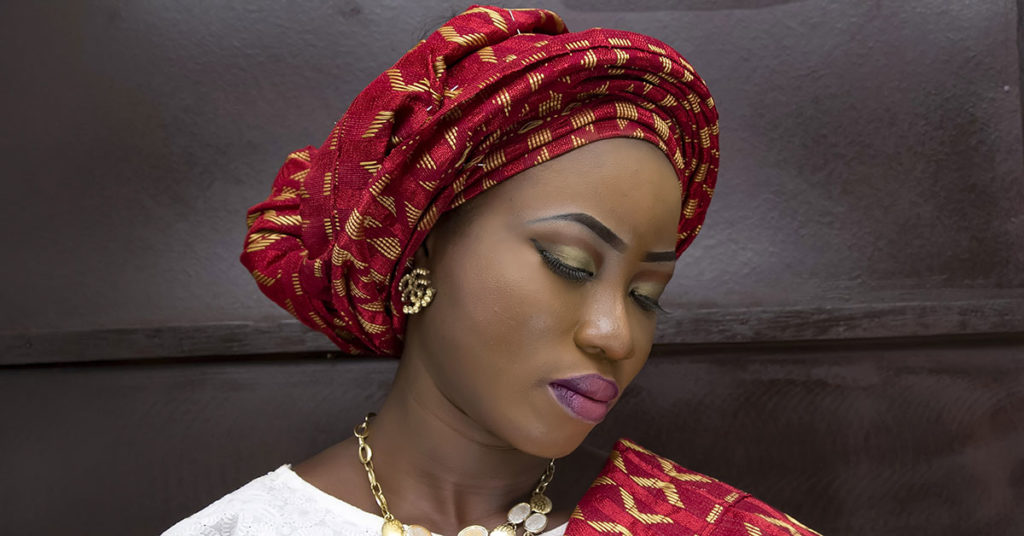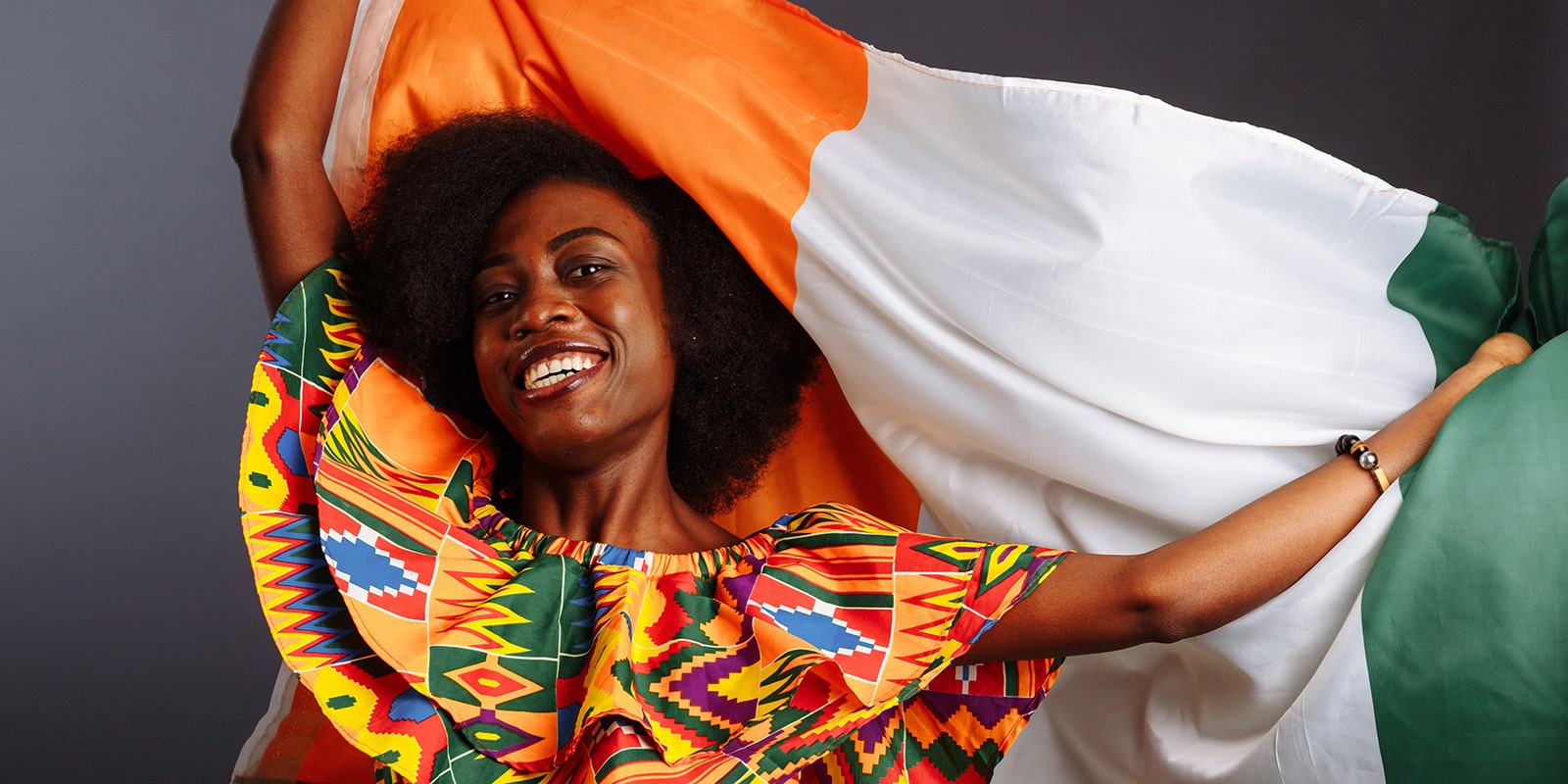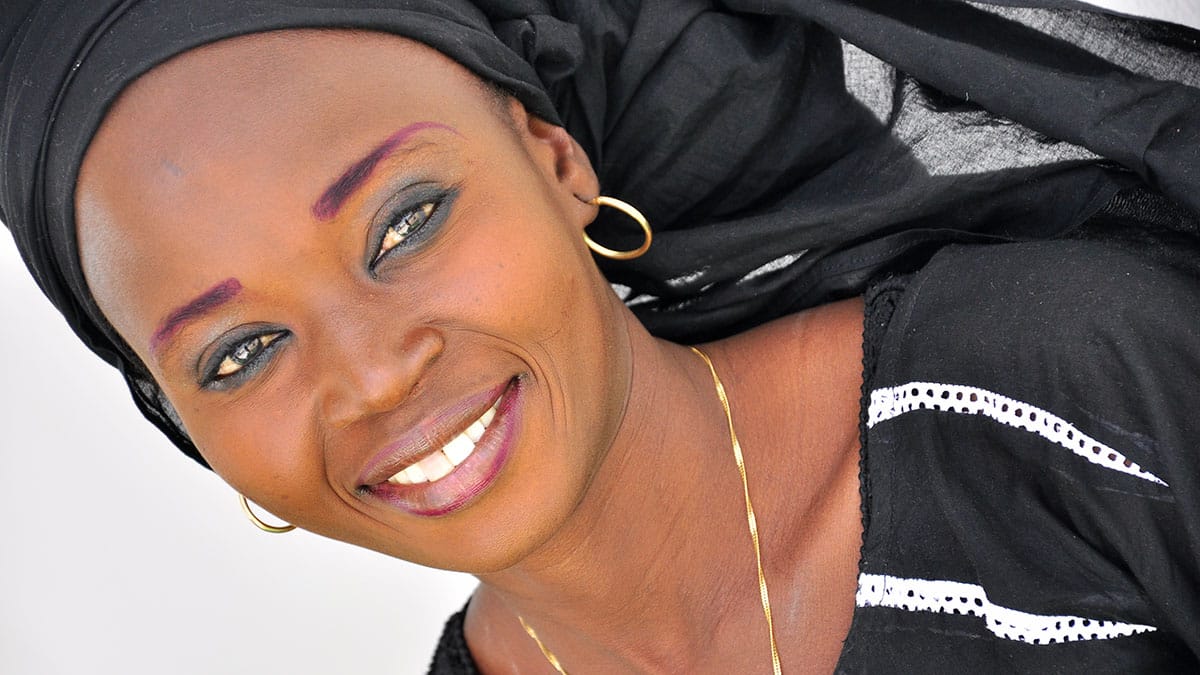West African NYC includes people from Benin, Burkina Faso, Cape Verde, Ivory Coast, Gambia, Ghana, Guinea, Guinea-Bissau, Liberia, Mali, Mauritania, Niger, Nigeria, Saint Helena, Senegal, Sierra Leone and Togo.
West Africa’s borders were drawn by colonizers, so they make no sense at all. Borders cut across peoples and languages. It makes it hard to understand the cultures. West Africa starts in the Sahel in Senegal and Mali, becomes tropical savanna and then humid tropical in the Gulf of Guinea at Nigeria.
The cultures of West Africa are a continuum, and all related. The Dahomey (Fon of Benin), Yoruba (Yoruba of Nigeria, Benin & Togo), and Central African Kongo culture (the Congos and Angola) rooted in the Americas.
Here they blended again. In Cuba, Dahomey and Yoruba culture blended together and today we just call it Yoruba. Only the traditional songs and dances remain distinct, but most people don’t know the difference. Everything else blended together.
In the United States, West African culture becomes one of the taproots of American culture. In the USA, we don’t realize this, but from the Caribbean, the cultural connections from Mother Africa to the Caribbean to the United States are obvious.
Ivorian NYC
Ivorian NYC is present in art and food. We’re mostly in The Bronx. There are…
Senegalese NYC
Senegalese NYC is partly in Le Petit Senegal (Little Senegal), in Harlem’s West African neighborhood…
From West Africa to the Caribbean

Caribbean culture is very African and Indigenous.
The mixing of West African and American cultures was always likely, because the trade winds and ocean currents travel directly from West Africa to the Caribbean. It’s the hurricane track. Once you enter, there is no going back. The winds and currents are too strong. If you survive the sea journey, you end up in the Americas.
The calabash or bottle gourd used to make containers and the shekere percussion instrument, made this journey from Africa to the Americas. The calabash floated over.
Dahomey and Yoruba Cultures
Africa is a very big and diverse continent, but West African culture is one of the main roots of African culture in the Americas. Dahomey (Benin) and Yoruba (Nigeria/Benin/Togo) were among the main cultural groups.
The culture of the Dahomey kingdom of Benin (ca 1600-1904) was a blend of many African cultures. Voodoo derives from the Fon people, but it is also a blend of many African cultures. That’s why Voodoo worked in the Americas because no matter where you were from in West or Central Africa, you could recognize parts of your culture in Voodoo.
Yoruba traditions have even entered the popular culture of the United States through children’s stories such as Brer Rabbit. Santería, Candomblé and other African-origin American faiths evolved from mostly Yoruba traditions.
In the Americas Voodoo, Santería, Candomblé and related faiths are mixed with Catholicism. In Africa, the African faiths stand on their own, but in the Americas they are mixed or “syncretized” with Christianity. You don’t get one without the other.
Islam in the Americas
Islam is one of the great religions of Africa. It spread first across North Africa, but then around the Sahara and along the African coasts. Cultural elements of the Muslim peoples reached the Americas through the West African diaspora.
For example, Dutty Boukman, an early leader of the Haitian Revolution who was born in Senegambia, was called “Boukman” because he was a man of the book, the Koran. He was a Muslim priest.
In particular, blues, the root of the popular music of the United States, has tonalities of the Muslim call to prayer in it. The signature “blue note,” a slightly off-pitch vocalization and melisma, the singing of multiple notes on one syllable, derive from these traditions. You hear melisma a lot in gospel music.
From the blues we get jazz, rock, R&B, salsa, hip hop, reggaeton and trap. So all of those traditions have West African and North African roots which is really a bridge to Oriental culture. It’s truly incredible how much we are mixes of each other.
West African Griots
One of the outstanding elements of West African culture is great storytelling. It comes to us through the West African griot tradition. Griots are traveling storytellers who often worked for royal courts.
The European equivalent was the town crier and the troubadours. From Asia we get the Romani of northern India who created the flamenco in Spain. In the Americas, we get the Cuban trova, Puerto Rican pleneros and troubadours, and U.S. folk music. Even hip-hop can be seen as an extension of the griot tradition.
Humans do pretty much the same things everywhere and across time. The West African stories are really beautiful.


